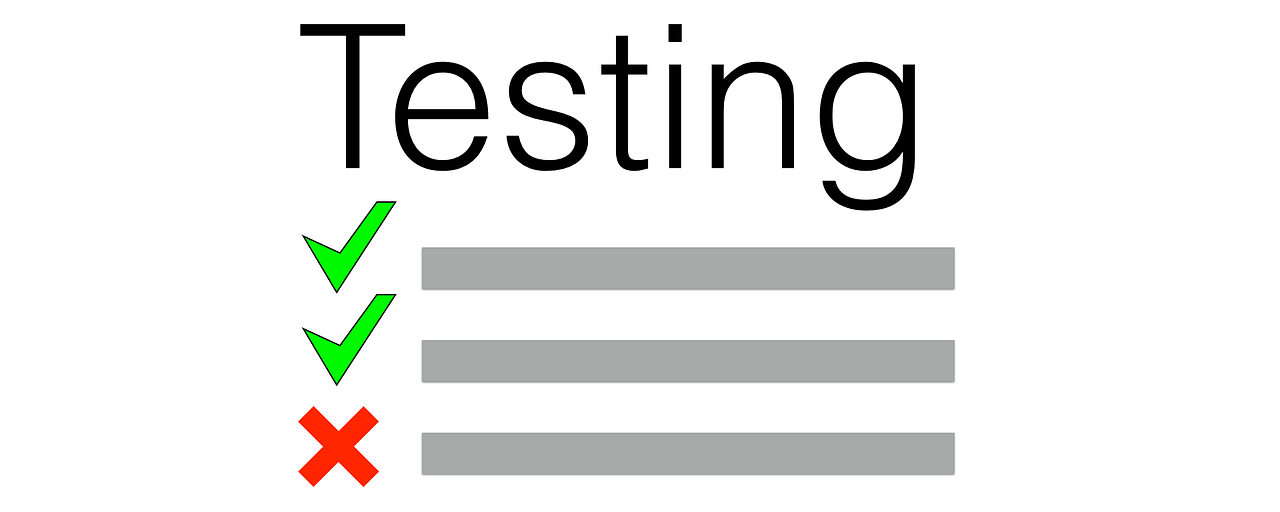Continuous Testing in DevOps: Smoothening the QA Process for Faster Release
 Victor Uzoagba
Victor Uzoagba
Introduction
In the rapid world of software development, the need for quicker releases with quality products has become more intense. DevOps has proved to be one of the major methodologies to help fulfill these demands by bridging the gap between the development and operations teams. Among the prominent components under the pipeline of DevOps comes Continuous Testing. Continuous Testing means quality is integrated at each stage of the SDLC, which can find errors and fix them early, making the QA process smooth and fasten the releases.
The following article will describe what Continuous Testing is, how it fits in with DevOps, what problems it solves, and how to apply it effectively.
What is Continuous Testing?
Continuous Testing involves the running of automated tests within the pipeline as part of ensuring that code changes do not introduce any defects within the system. Using Continuous Testing, all traditional testing methods, which are carried out all too frequently at stages, become fully integrated within the whole SDLC, thus providing immediate feedback on the quality of the software.
It finds problems as early as possible and reduces the time and cost associated with bug fixing, ensuring only high-quality code goes on to progress along a pipeline.
Continuous Testing in a DevOps World
DevOps focuses on collaboration, automation, and continuous improvement. In light of that, Continuous Testing is leading by:
Shifting Left in the Testing Process: Continuous Testing lets the teams shift-left, meaning that it starts as early as possible in the SDLC. Testing integrated into the early stages of development will help teams identify defects so much earlier when correction is less costly.
Trigger Continuous Integration: With Continuous Integration, code changes are committed or checked into the shared repository multiple times a day. Continuous Testing helps this process by the automated testing of each code change to ensure integration does not introduce new bugs.
Supporting Continuous Delivery (CD): Continuous Testing plays an important role in Continuous Delivery where the software is always deployable. The automated tests validate whether the software is at the stage of required quality, hence enabling quicker and reliable releases.
Increased Collaboration: In DevOps culture, developers, testers, and operations teams have to collaborate very tightly. Continuous Testing enables collaboration by providing feedback consistently and aligns them toward a common goal: quicker delivery of high-quality software.
Key Components of Continuous Testing
Automation of Tests: Everything is automated in Continuous Testing. The tests automatically run within a CI/CD pipeline without much manual intervention required; hence, they are faster.
Test Orchestration: This involves orchestration tools that help run automated tests on different configurations and environments. Such tests can be reliably executed in this way on a consistent and reproducible basis.
Test Environments: It is fundamental to Continuous Testing that the test environments are robust, consistent, and as near to production as possible so that the tests really reflect how the software will perform in real life.
Monitoring and Feedback: Continuous Testing is based on continuous monitoring of results from testing and system performance. Feedback loops provide real-time insight into software quality for making informed decisions quickly.
Benefits of Continuous Testing in DevOps
Faster Time to Market: It enables the issues to be identified and fixed much earlier by embedding testing in all stages of SDLC and thereby reduces the time required for final testing, hence increasing the speed of the release cycle.
Improved Quality: Continuous Testing ensures that the quality of the product is maintained right from the development phase. Defects are caught early by automated tests, thereby reducing the chances of critical issues reaching production.
Cost Efficiency: Detection and fixing of bugs are considerably cheaper at early development stages than when fixes are required post-release. Continuous Testing, therefore, minimizes late-stage fixes that tend to drive up the overall cost of quality.
Lower Risk: Continuous Testing continually validates the functionality, security, and performance of the software. Such a process lowers the risk of deploying faulty software into production and hence delivers a very reliable release process.
Challenges to Continuous Testing Implementation
Test Maintenance: Since the codebase is continuously evolving, tests also need to be updated on a regular basis. This could be very resource-consuming in case the suite of tests is large and would require dedicated effort in such cases.
Integration with Tools: Tools supporting Continuous Testing would definitely need to be integrated with an already existing CI/CD pipeline, which could be pretty complex. Seamless integration requires great planning and often demands the usage of compatible tools.
Skill Requirements: Continuous Testing requires immense skill in understanding test automation frameworks, CI/CD pipelines, and DevOps principles. Teams are very likely to need upskilling or specialists to implement Continuous Testing effectively.
Managing Test Data: The management and security of test data across several environments tend to be extremely cumbersome. Ensuring the test data is realistic and constant in nature, and it complies with data protection regulations, becomes important for effective testing.
Continuous Testing Best Practices
Start Small and Scale: Start automating the most important tests first and scale up on the coverage of testing progressively. This allows teams to gain confidence in the process of automation and weed out issues before scaling.
Priority to Test Automation Coverage: Full test automation coverage, where the codebase is sufficiently covered by automated tests: unit tests, integration tests, and end-to-end tests. Strong test coverage ensures that defects can be detected early, reducing the likelihood of any issues in production.
Integration with the CI/CD Pipelines: Let Continuous Testing be integrated into your CI/CD pipelines. In this way, tests will run automatically for every build and deployment to feed back in real time on software quality.
Version Control for Test Scripts: Just like your application code, test scripts are to be version-controlled. That way, one can ensure that tests are consistent over various environments, and changes will be easily trackable, collaboratively developing tests.
Monitoring and Analysis of Test Results: Continuous Testing is not merely about running tests but also about drawing inferences from the results. Hence, appropriate monitoring/reporting mechanisms should be implemented to get insight into test failures, performance bottlenecks, and scope for improvement.
Create a Quality Culture: Continuous Testing can be truly effective when the quality culture has permeated all levels of an organization. There needs to be close interaction between developers, testers, and operations to make each person responsible for whatever work is being done.
Conclusion
Continuous Testing is a core ingredient in the DevOps life cycle, since it empowers teams with better quality software and faster speeds. Continuous Testing, integrated throughout the entire SDLC, ensures that problems are caught early and resolved, saving time and money during releases. With Continuous Testing, there are challenges, but best practices, along with cultural embedding of quality, can help organizations smooth their QA process and gain quicker, reliable releases.
While demand is increasing at an unprecedented scale for faster software delivery, Continuous Testing is and will continue to be foundational in good DevOps practices to help teams keep up with today's demanding pace.
Subscribe to my newsletter
Read articles from Victor Uzoagba directly inside your inbox. Subscribe to the newsletter, and don't miss out.
Written by

Victor Uzoagba
Victor Uzoagba
I'm a seasoned technical writer specializing in Python programming. With a keen understanding of both the technical and creative aspects of technology, I write compelling and informative content that bridges the gap between complex programming concepts and readers of all levels. Passionate about coding and communication, I deliver insightful articles, tutorials, and documentation that empower developers to harness the full potential of technology.